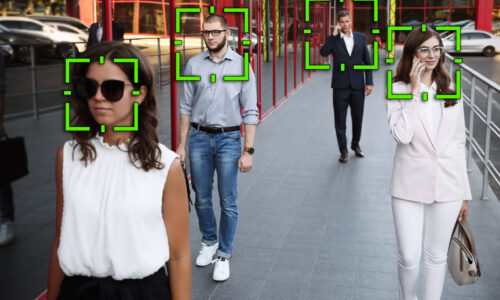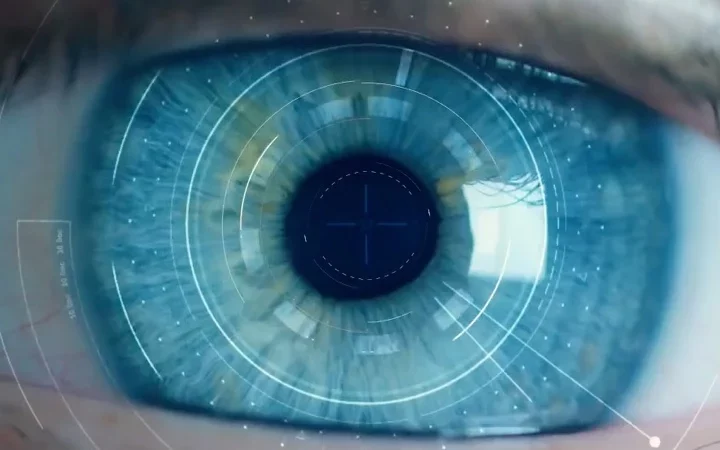Every new technology has its share of naysayers. Trepidation over trying something new is a normal reaction, but it’s often based upon misinformation or unfounded beliefs.
Biometric identity solutions are hardly new, but as they’ve become more commonplace in commercial-grade applications, public concerns persist regarding the technology’s suitability for mainstream use. Although most of us don’t think twice about using our thumbprint, iris, or face to unlock our smartphone, that comfort level doesn’t always translate to other ways in which the technology is now being deployed.
Separating fact from fiction is a necessary step in winning over the public’s trust. Here, we’ll set the record straight over five of the most common concerns.
(This blog post is part of a series on the most common misconceptions about biometrics).
Concern #3: Biometric identity systems lack a clear return-on-investment (ROI).
Fact: Biometric systems can pay for themselves many times over.
ROI is measured in many ways; much depends on the specific application. From a risk management perspective, an investment in biometrics equals a fraction of the potential cost of a security breach. Data breaches in 2020 cost affected companies an average of $3.86 million US dollars each. The expense was much more for larger, high-asset organizations. Within that context, the price of biometric software and hardware to control logical and physical access to corporate networks and their infrastructure seems insignificant.
Another way to evaluate ROI is in operational efficiencies. Biometric time-and-attendance systems can reduce time theft by eliminating the opportunity for fraud and human error. When used for automating visitor management, biometric identity systems can reduce the expense of human guard services and the need for employees to escort their guests throughout the facility. For employee access control, replacing physical with biometric credentials eliminates consumables like cards and fobs and reduces administrator’s time spent dealing with lost or stolen IDs or mishaps like accidentally locked-out workers during off-hours. (i.e., an employee ran out to her car and left her key in her office.)
From a facility management perspective, smart buildings with integrated biometric technologies demonstrate a commitment to superior customer experience, security, and offer a point-of-differentiation. For example, Class A office space tenants might prefer leasing in a building that features integrated biometric security. In the competitive college recruitment of student-athletes, Auburn University wows touring students and their parents with athletic facilities and locker rooms that are secured by biometric readers.




